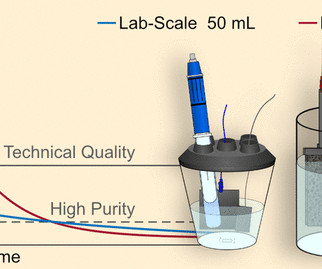Chalmers team develops method to reduce levels of mercury in sulfuric acid
Green Car Congress
JULY 10, 2023
In 2015, about 2,200 tonnes of mercury were emitted into the air as a result of human activities such as cement manufacture, small-scale gold mining, coal burning, metal production and other manufacturing industries. Sulfuric acid for commercial purposes is considered to be of acceptable quality when its mercury content is below 0.30











Let's personalize your content